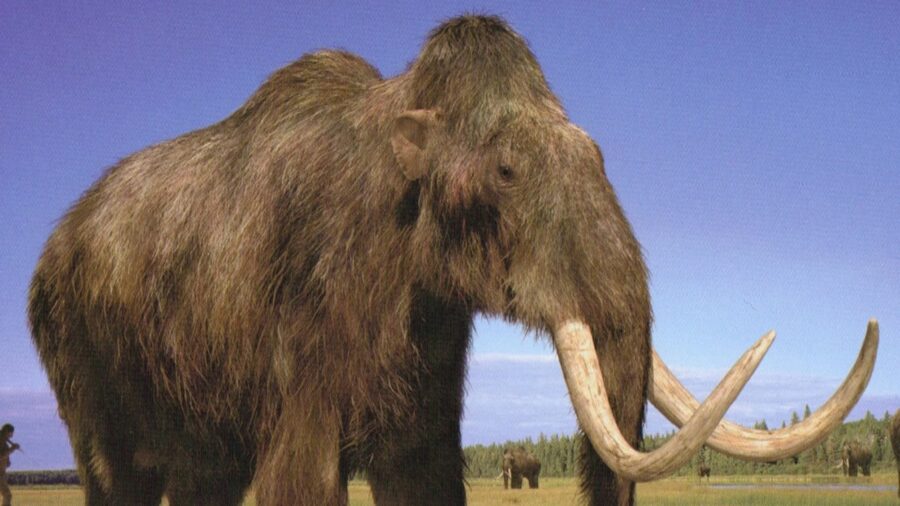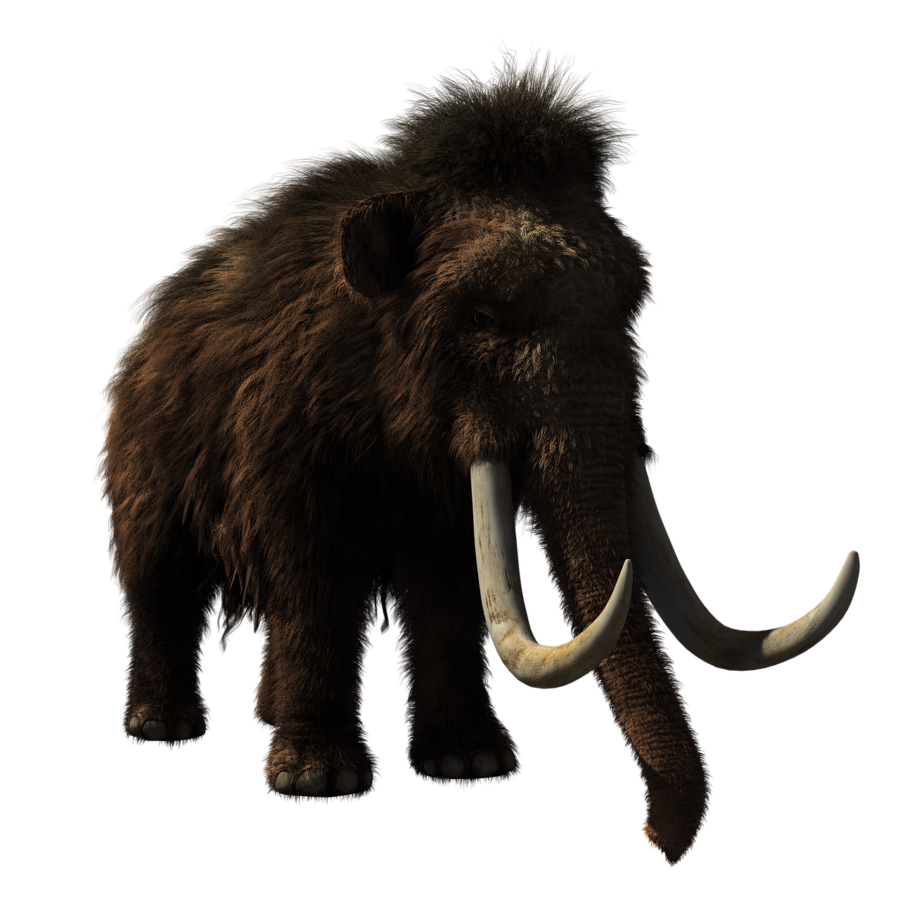Woolly Mammoth Being Resurrected From Extinction, Here’s When It Returns
A biotech company named Colossal is aiming to bring back the woolly mammoth in 2027.

Scientists are now aiming to bring the woolly mammoth out of extinction by the year 2027, using technology that will edit the genes for the animal, bringing it back into the world. The initial plan was to reintroduce the animal to Russia, which would make sense considering how cold the climate is there, but there could be another location in the world for the animal to return. Colossal received an additional $60 million in funding to help bring this extinct and ancient animal back into reality.
Colossal is a biotech company that has been working on this gene technology since 2021, and they have received even more funding to further their research in bringing back the woolly mammoth. Other than the miraculous aspect of the animal returning to the world, the company is attempting to bring back these cold-resistant elephants for a bigger reason. The woolly mammoth was instrumental in keeping up the health of the Arctic, which is the goal that Colossal has now.
Based on the migrating patterns of the woolly mammoth, the animals helped to preserve the health of the Arctic, which Colossal has determined is its goal for bringing back the giant elephant. The woolly mammoth is 99.6 percent identical in DNA to the Asian elephant, so the goal for the scientists is to create an embryo and place that embryo inside an Asian elephant. Taking advantage of its size, the mammoth embryo can grow, and this process can be replicated to bring back the population of his long-extinct species.

Colossal is aiming to replicate the embryo of the woolly mammoth through gene editing, which sounds like something right out of Jurassic Park. Although bringing back these ginormous beasts is for climate change purposes, Colossal is also aiming to bring back the thylacine aka the Tasmanian Tiger. There could be more uproar for bringing back the thylacine, as there isn’t much of a reason for these animals to return.
We understand bringing back the woolly mammoth to help cure the rapidly melting Arctic, but the Tasmanian Tiger doesn’t necessarily help the environment. Still, it is quite fascinating that technology is allowing extinct species to be brought back some thousands of years later. We would like to ask for the dodo bird to be brought back after that.
The good news is that Colossal cannot bring back the woolly mammoth until 2027, a realistic goal for the biotech company. We would imagine that there need to be a ton more studies done to ensure that bringing back an extinct animal of this size is not going to cause more damage than helping the environment.
Should Colossal be successful in bringing back the woolly mammoth, we can all say that we saw an ancient animal in our lifetime, as the mammoth reportedly existed up to around 10,000 years ago. Hopefully, the experiment works, and we can see this glorious animal returned to the Earth. We also hope that this is not the beginning of Colossal bringing back massive dinosaurs, as that would help nobody.












